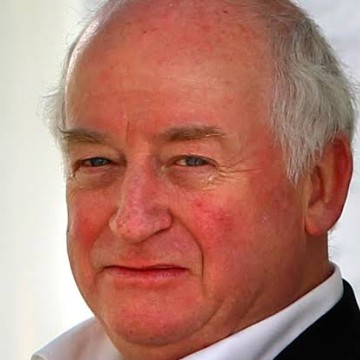David Marriner plans to address Tasmania’s housing crisis by repurposing a factory to manufacture precast concrete panels for 1,700 homes annually.

Prominent property developer and theatre owner David Marriner, based in Melbourne, has grand designs to transform the Tasmanian housing sector with his plan to manufacture up to 1,700 precast concrete homes annually. Marriner’s proposal involves establishing Australia’s first automated, precast concrete manufacturing facility. He estimates that these homes will be up to 20 per cent cheaper to construct compared to traditional methods.
As first reported in The Mercury newspaper, the developer currently owns a factory in Brighton, which is producing concrete segments for Tasmania’s Bridgewater Bridge. Upon the bridge’s completion, Marriner intends to convert this factory into a facility capable of producing precast panels for housing. Potential sites for these new homes have been identified, including Dowsing Point, Brighton, New Norfolk, Evandale, Burnie, and Westbury.

Marriner sees this initiative as a clear shift in Australian housing construction, marking the first move towards industrialising the production of homes. The project will involve world-class architects, with a prototype set to be showcased at Bushy Park later this year. Marriner claims that the construction method will not only reduce costs but also offer up to 35 per cent savings in energy efficiency compared to traditional construction.
The architectural team includes Professor Michael Obrist from the Technical University of Vienna and prominent Australian architect John Wardle, known for his work with the University of Tasmania. Marriner highlights Austria’s long standing leadership in sustainable social residential living as an inspiration for this project.
In July, Marriner will unveil Derwent 7010, a masterplan which encompasses plans for 2,600 houses and sporting facilities at Glenorchy, using land at Dowsing Point owned by the Defence Department.
Marriner emphasised the environmental benefits of the project, noting that the new concrete panels are significantly lighter and stronger than traditional panels, capable of supporting structures up to eight storeys high. The conversion of the existing factory into a housing factory will require an investment of approximately $30 million and will be crucial in retaining jobs once the Bridgewater Bridge project is completed.
Marriner is not seeking government funding for the factory conversion but is looking for government support in terms of housing orders to ensure a stable financial base for the factory. He has been in discussions with the Derwent Valley Council regarding the planning approvals needed to erect the prototype at Bushy Park.


No comments:
Post a Comment